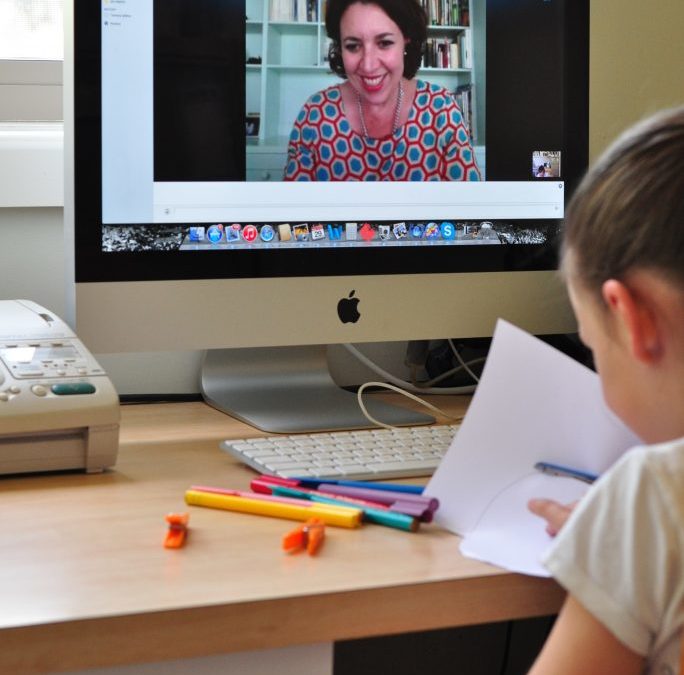As a parent, it’s important to ensure that your child feels comfortable and confident in their clothes. However, for children with sensory processing issues, getting dressed can be a challenge, making the process frustrating and overwhelming. Here are some suggestions from our occupational therapists for ways to make getting dressed easier for your child.
Consider the Fabric Type and Texture
When selecting clothes for your child, consider the fabric type and texture. Some children may prefer soft, stretchy fabrics like cotton or bamboo, while others may prefer the feel of silk or satin. It’s best to avoid scratchy or stiff fabrics that can irritate sensitive skin.
Try Out Different Clothing Styles
Some kids with sensory issues may prefer loose, comfortable clothing like tracksuit pants and t-shirts, while others may prefer tighter-fitting clothes like compression shirts and leggings. Experiment with different styles to see what your child feels most comfortable in.
Let Your Child Have Their Say
It can be really helpful to involve your child in the decision-making process when getting ready. By letting your child have a say in what they wear and providing them options to choose from, it can help them to feel more in control and make it easier for them to tolerate different clothing items.
Practice Dressing Skills
One useful tip for parents is to have their children practice dressing skills on days when there is no time pressure. This can help children feel more comfortable with wearing clothes and make getting dressed for school or activities less stressful. By practicing in a low-pressure environment, children can simplify the process and make it easier to get ready on busy days.
Use Visual Aids
Use pictures to show your child the steps involved in getting dressed it can help them understand what’s next in the process and it can help put them at ease.
Consider Alternative Options
Some children may prefer to wear compression clothing or weighted vests to help regulate their sensory input, and it could be worth trying these options out for your child.
Every child is unique and what works for one child with sensory processing may not work for another. It can take time to work through what works best for your child. Your occupational therapist can help you to work through this process. Contact Therapy Connect today to get started with online occupational therapy.




